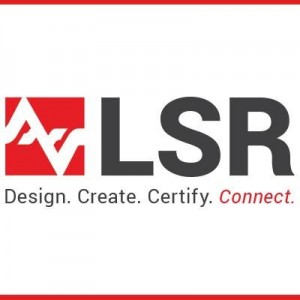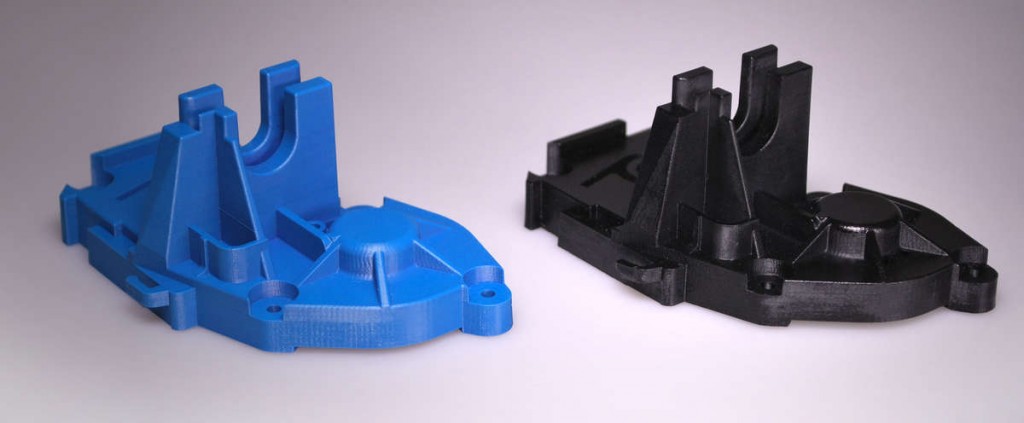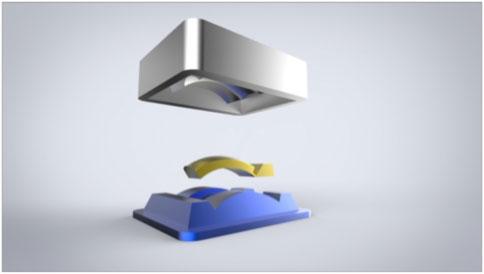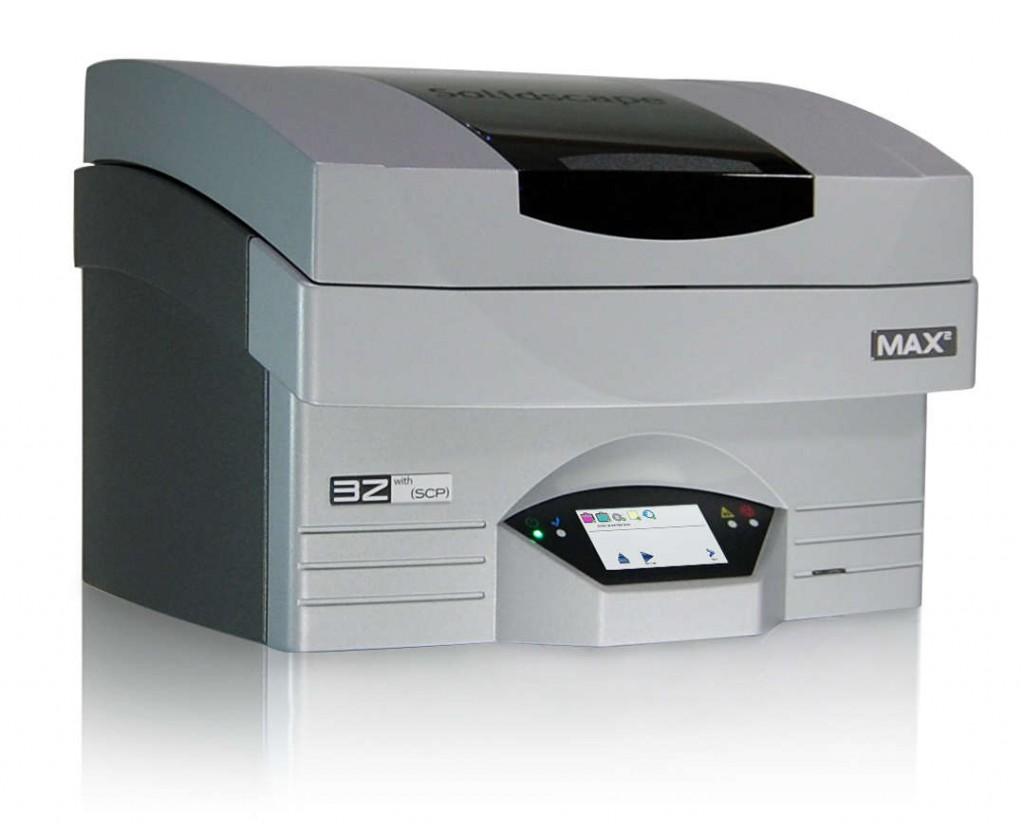Rapid prototyping was one of the earliest adopters of 3D printing technology, and for good reason. Not only does additive manufacturing have a significant advantage in the speed department over traditional methods,  but let’s be honest; some of the earlier models of 3D printers had resolution and material capabilities that were really only suitable for prototypes, not finished products. While the 3D printers on the market have improved leaps and bounds and now finished products are fully possible, prototyping remains a mainstay application for the technology.
but let’s be honest; some of the earlier models of 3D printers had resolution and material capabilities that were really only suitable for prototypes, not finished products. While the 3D printers on the market have improved leaps and bounds and now finished products are fully possible, prototyping remains a mainstay application for the technology.
“For over 30 years I have watched the birth and growth of the rapid prototype industry,” says LSR’s 3D Lab Manager Jim Hollister. “The Solidscape process represents a radical shift in the way things are done… we are excited to give our customers the best of the best.”
Solidscape has just announced a partnership with LSR’s Design Studio to shake up the rapid prototyping field. These two  entities have developed a process that will speed the protoype-to-final product timeline, disrupting current methods and cutting costs. As part of their partnership, these two companies demonstrated their process of going from digital file to finished casting by introducing a new wearable product.
entities have developed a process that will speed the protoype-to-final product timeline, disrupting current methods and cutting costs. As part of their partnership, these two companies demonstrated their process of going from digital file to finished casting by introducing a new wearable product.
Solidscape, a Stratasys company, identifies as the fifth largest 3D printer manufacturer globally, and earlier this year released the MAX2 3D printer. Solidscape uses Smooth Curvature Printing technology with wax to create objects with incredibly precise specifications that are castable. This lost wax casting process is at the basis of the new disruptive prototyping technique.
Solidscape’s highly precise print capabilities are teamed up with LSR’s molding (silicone or metal) process — this process can create prototypes in less than 14 days. Traditionally, prototyping can take 5-6 weeks, which means the new process cuts that time down by up to three times.
“We’re excited to collaborate with LSR on this new venture and to take rapid prototyping to the next level,” said Solidscape’s President, Fabio Esposito. “With this new disruptive process, users can now go directly from machine to molding, expediting the time it takes to go to market.”
Silicone mold made from Solidscape wax master
Solidscape’s 3D printers have a 5000 dpi resolution for their wax prints, which do not need hand finishing, saving significantly on time and money expenditures. The LSR team, in turn, can then skip the hand finishing stages and work directly on silicon tooling or casting metal parts.
“We compressed our product development process considerably on a recent program. We’ve gone from weeks of machining time and $4,000 per set of metal parts, to under two days and $200. This was earth shaking for us as well our customer,” said LSR’s Hollister. “This partnership allows us to offer our customers groundbreaking technology and quality. Getting better breakthrough products to market faster is what sets LSR and Solidscape apart from the herd.”
 In the wearable product the companies produced as a case study, they found that their process delivered on the counts they had hoped for as benchmarks of success. According to Solidscape, those results included:
In the wearable product the companies produced as a case study, they found that their process delivered on the counts they had hoped for as benchmarks of success. According to Solidscape, those results included:
- Less finishing time than milled metal parts
- Parts fit together better, perfect tolerances

Metal mold face cast from Solidscape’s 3D printed molds
- Crisp and amazing detail
- Consistent quality on run of parts
- Less expensive, from $4,000 to under $200 per set of metal parts
- Much faster process
- Ability to make design changes without expensive tooling revisions or machining
- Ability to cast in any metal, allowing complete design flexibility
- Production worthy first articles for design review
The MEMI smartphone-linked bracelet wearable device is a strong showing of this new disruptive process and certainly holds a good amount of promise for the rapid prototyping field. It looks like this partnership will be taking off and truly flying high.
What do you think about this approach to rapid prototyping? Join the discussion over at the Solidscape and LSR Design Studio Rapid Prototyping forum thread at 3DPB.com. Check out some more photos below, as well as a video from Solidscape and LSR Design Studio detailing their approach.
Subscribe to Our Email Newsletter
Stay up-to-date on all the latest news from the 3D printing industry and receive information and offers from third party vendors.
Print Services
Upload your 3D Models and get them printed quickly and efficiently.
You May Also Like
The Market and Industry Potential of Multi-Material 3D and 4D Printing in Additive Electronics
Additive manufacturing leverages computer-based software to create components for products by depositing either dielectric or conductive materials, layer by layer, into different geometric shapes. Since its birth in the 1980s,...
3DPOD 262: Bio-inspired Design for AM with Dhruv Bhate, Arizona State University
Dhruv Bhate is an associate professor at Arizona State University. There, he looks at structures, materials, and design. Previously, he worked at PADT as well as in the semiconductor and...
3DPOD 261: Tooling and Cooling for AM with Jason Murphy, NXC MFG
Jason Murphy´s NXC MFG (Next Chapter Manufacturing) is not a generalist service; instead, the company specializes in making tooling. Using LPBF and binder jet, the company produces some of the...
3DPOD 260: John Hart on VulcanForms, MIT, Desktop Metal and More
John Hart is a Professor at MIT; he´s also the director of the Laboratory for Manufacturing and Productivity as well as the director of the Center for Advanced Production Technologies....

































